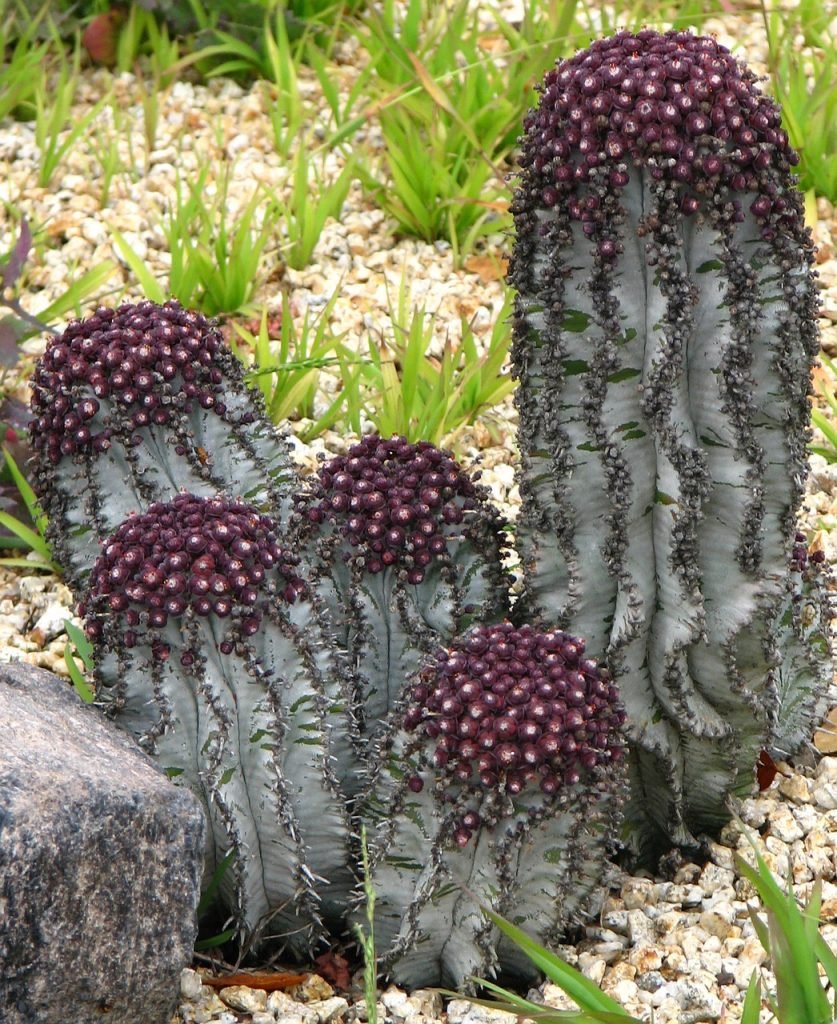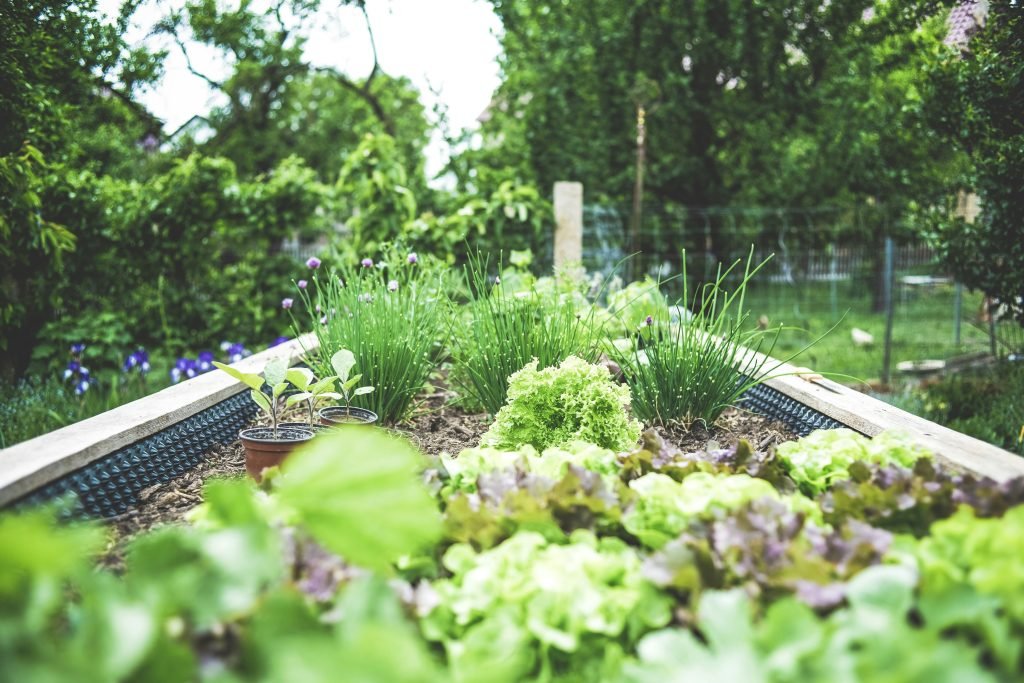How much time do you spend tending to your garden? If you’re looking for a way to enjoy the pleasures of gardening without all the hassle, creating a low-maintenance garden might be just what you need. Let’s embark on this journey together, where you’ll discover simple strategies to garden smarter, leaving you with more time to relax and enjoy your outdoor space.

This image is property of pixabay.com.
Understanding Low-Maintenance Gardening
Low-maintenance gardening focuses on plants and designs that require minimal care, allowing you to enjoy a beautiful outdoor environment without the hours of effort typically associated with traditional gardening. This approach is perfect for busy individuals or anyone who prefers to spend their time enjoying their garden rather than working in it.
Benefits of a Low-Maintenance Garden
Creating a low-maintenance garden offers numerous advantages that will benefit both you and your outdoor space.
- Reduced Time Commitment: You will find that the less time you spend maintaining your garden, the more time you have to soak up the beauty it offers.
- Cost Efficiency: Fewer plants and less upkeep mean lower costs on tools, fertilizers, and water.
- Sustainability: A garden designed with hardy plants can thrive with less water and fewer chemicals, promoting a healthier environment.
- Year-Round Enjoyment: Selecting the right plants can provide visual interest in every season, enhancing your outdoor space year-round.
Planning Your Low-Maintenance Garden
Before you rush in with a shovel and seeds, it’s wise to spend some time planning your garden. A solid foundation will ensure you create a beautiful and manageable space.
Assessing Your Space
Start by observing your garden area. Take notes on the sun and shade patterns, soil type, and other environmental factors.
- Sunlight: Determine how much sunlight different areas receive throughout the day, as this will influence your plant choices.
- Soil Quality: Test your soil to know its nutrient content, pH, and drainage capacity. You can often improve poor soil with compost or amendments.
- Existing Plants: Assess what you already have. Are there any plants you wish to keep or areas you want to convert?
Understanding these elements will guide your plant selection and garden layout.
Defining Your Garden’s Purpose
What do you want from your garden? Clarifying your goals helps you create a garden that meets your needs while keeping maintenance to a minimum.
- Relaxation Space: If your focus is on leisure, consider incorporating comfortable seating and pathways that invite you to unwind.
- Wildlife Habitat: You might want to attract birds and butterflies, which can be achieved with specific flowering plants.
- Edible Landscape: Perhaps you envision growing vegetables and herbs. Designing an edible garden can be both fulfilling and straightforward with the right planning.

This image is property of pixabay.com.
Selecting Low-Maintenance Plants
The heart of a low-maintenance garden lies in the choice of plants. Selecting the right flora means you can enjoy a vibrant space with minimal effort.
Native Plants
Choosing native plants is the best way to ensure your garden thrives with minimal care. Native species are adapted to your local climate and soil conditions, which means they often require less water, fertilizer, and pest control.
- Advantages: Lower water needs, resistance to local pests, and promotion of local biodiversity.
- Examples: Depending on your region, consider options like coneflowers, yarrow, or black-eyed Susans as they often flourish without much attention.
Perennials vs. Annuals
Understanding the difference between perennials and annuals will help you create a more sustainable garden.
- Perennials: These plants return year after year, requiring less replanting and often thriving in your garden’s conditions. Choose robust varieties for longer-lasting blooms.
- Annuals: While many annuals provide vibrant colors, they require replanting each year. If you enjoy changing your garden’s look frequently, you might intersperse some annuals, but focus on minimizing these for low maintenance.
Drought-Tolerant Plants
Incorporating drought-tolerant plants can substantially reduce the need for watering, especially in dry climates.
- Choices: Succulents, ornamental grasses, and many herbs are usually well-suited to drier conditions.
- Technique: Mulching around these plants also helps retain moisture, making them even easier to care for.
Designing Your Low-Maintenance Space
Once you know what plants will thrive, it’s time to put the plan into action. Designing the layout of your garden can make a significant difference in both aesthetics and ease of upkeep.
Create Defined Areas
A well-structured garden layout can minimize maintenance efforts. Consider creating distinct areas:
- Pathways: Use gravel, stones, or mulch to create clear paths that keep foot traffic off your planting areas, reducing soil compaction and weed growth.
- Zones: Designate specific zones for different purposes, such as a greenery area, a seating zone, or an edible spot.
Grouping Plants
By grouping plants with similar water, sunlight, and nutrient needs, you reduce the time spent on individual care. This practice also encourages healthier growth as companion plants can support one another.
Vertical Gardening
If space is limited or you desire a unique look, vertical gardening can be handy. Utilizing walls, trellises, or stacked garden beds elevates plants and creates a striking visual element while saving space.

This image is property of pixabay.com.
Implementing Smart Care Techniques
Even with low-maintenance plants, incorporating a few care techniques can keep your garden thriving while minimizing labor.
Mulching
Applying mulch is a fantastic technique for reducing weeds and conserving moisture.
- Types of Mulch: Organic options like bark, straw, or shredded leaves not only deter weeds but also provide nutrients as they decompose.
Efficient Watering
Watering wisely can significantly lessen your maintenance time and efforts.
- Drip Irrigation: Installing a drip irrigation system ensures that water reaches the roots where it’s needed most.
- Rain Barrels: Collect rainwater to reduce your exposure to water bills and provide your plants with free hydration.
Pruning and Cleanup
While low-maintenance doesn’t mean no maintenance, employing smart pruning and cleanup techniques can significantly reduce your workload.
- Deadheading: Removing spent flowers can encourage more blooms, requiring only minimal effort.
- Seasonal Cleanup: A little cleanup during the seasonal transitions can assist with pest control and ensure healthy growth for the upcoming year.
Aesthetic Enhancements
Even a low-maintenance garden can be visually stunning without high maintenance requirements. A few carefully chosen enhancements can make all the difference.
Decorative Elements
Introduce attractive features such as:
- Hardscaping: Adding paths, patios, or decorative stones can elevate your garden’s beauty while reducing maintenance.
- Containers: Consider using pots for flexibility, allowing you to showcase seasonally-changing plants without digging up your landscaping.
Focal Points
Incorporate focal points like an ornamental tree or a unique sculpture to draw attention and enhance visual interest within your space.
Maintenance-Free Options
To truly embrace the low-maintenance lifestyle, consider a few options that require minimal or no ongoing upkeep.
Artificial Turf
If you love the look of grass but despise mowing, synthetic turf is a brilliant alternative that stays green all year without the need for watering, fertilizing, or mowing.
Xeriscaping
If you live in a particularly dry area, xeriscaping is a landscaping method designed to reduce or eliminate the need for irrigation. It focuses on drought-resistant plants and clever design to create a beautiful, sustainable garden.
Low-Maintenance Ground Covers
Utilizing ground covers instead of traditional lawns can minimize mowing, watering, and weeding. Some excellent ground covers include creeping thyme, sedum, or clover, which typically require less care than standard grass.
Breaking Down Your Responsibilities
While a low-maintenance garden requires minimal effort compared to traditional gardening approaches, you’ll still want to stay on top of a few responsibilities to keep your garden looking its best.
Seasonal Tasks
Plan a short list of essential seasonal tasks to keep everything in check.
| Season | Task |
|---|---|
| Spring | Plant perennials and divide existing ones |
| Summer | Water, deadhead, and enjoy |
| Fall | Cut back perennials and add mulch |
| Winter | Assess plant health and plan for next year |
Monitoring
Regularly checking your plants helps catch any potential issues before they escalate. Look out for pests, diseases, and signs that a plant may need more or less water.
Enjoying Your Garden
Lastly, don’t forget that the ultimate goal is to enjoy your garden. Set aside time to relax, breathe in the fresh air, and appreciate the beauty that surrounds you. A garden is not just about labor; it’s also about the joy it brings to your life.
Conclusion
Creating a low-maintenance garden is an achievable goal that allows you to savor the delights of your outdoor sanctuary without constant upkeep. By following the guidelines outlined, you can develop a space that flourishes beautifully while fitting your lifestyle.
Your garden should be a source of joy and relaxation, so take the time to plan and implement these strategies. By making mindful choices about plants, design, and maintenance techniques, you’ll find yourself enjoying your garden much more and worrying less about the work involved. Your low-maintenance oasis awaits!




